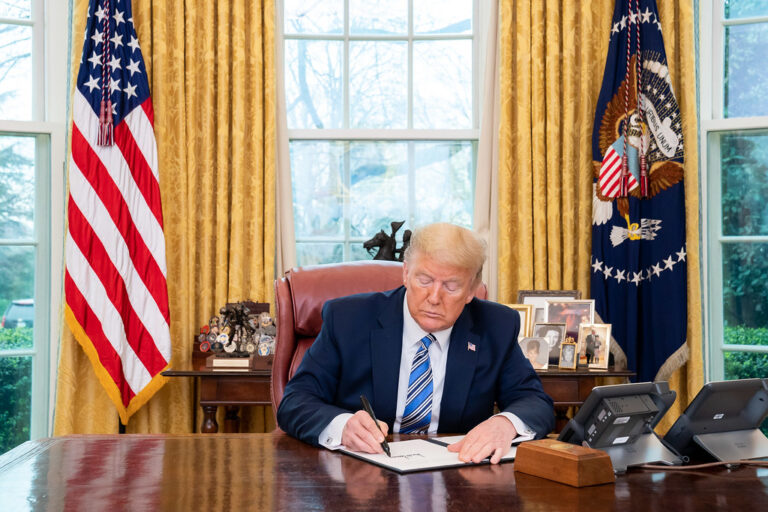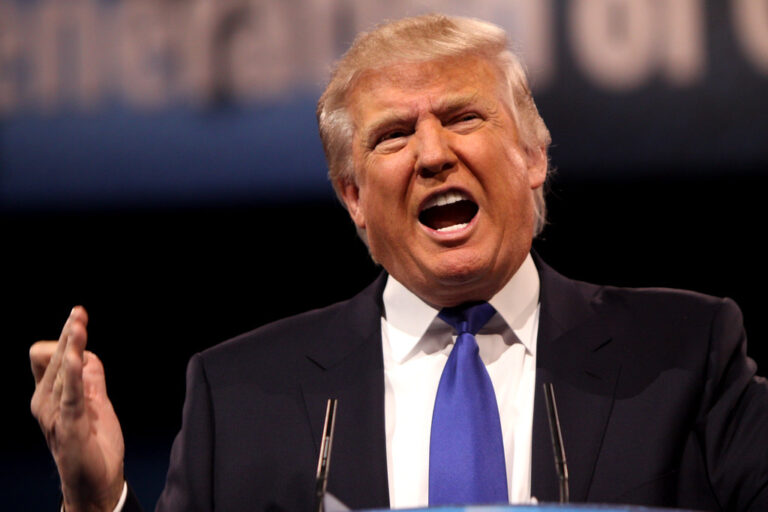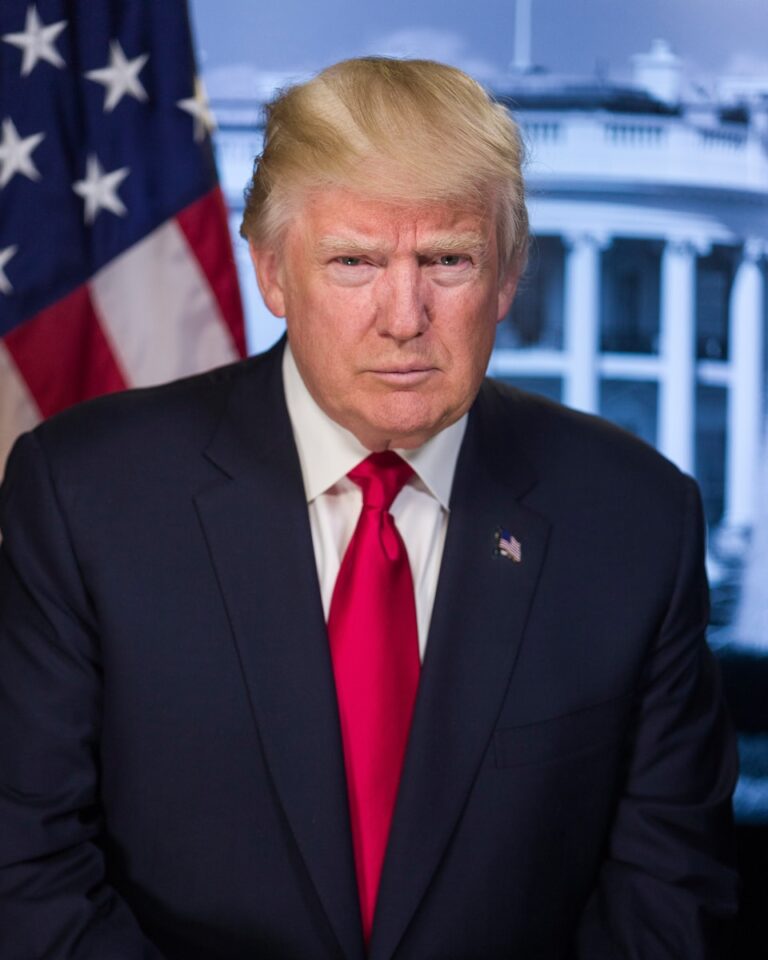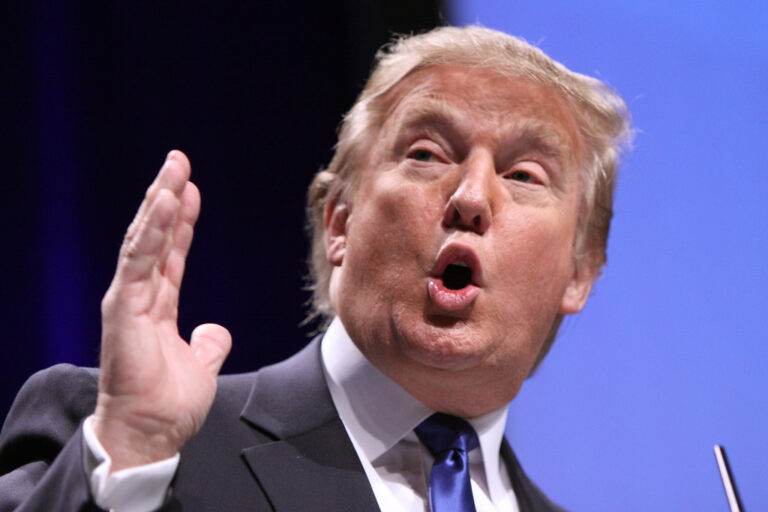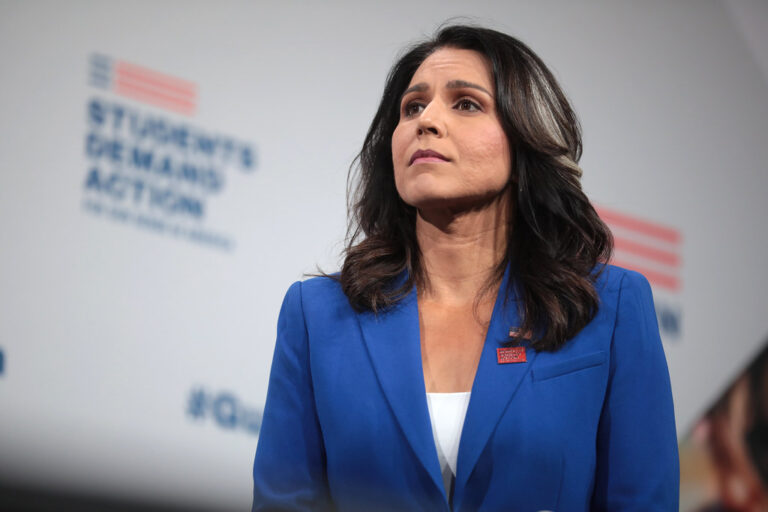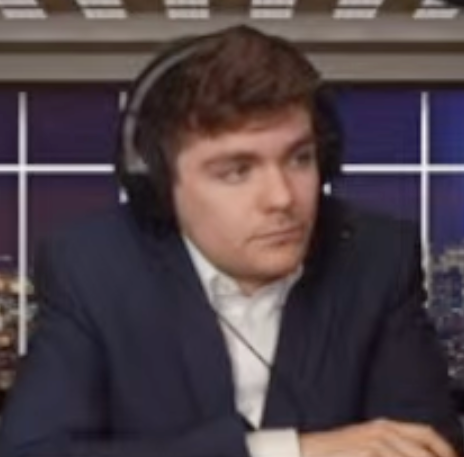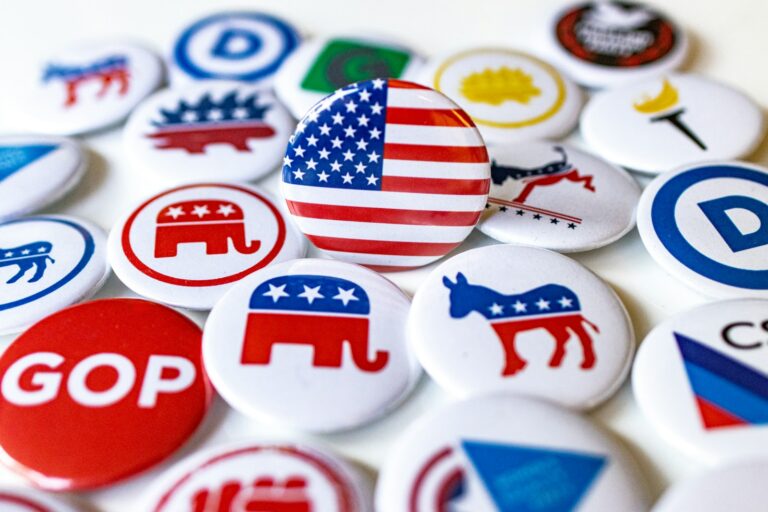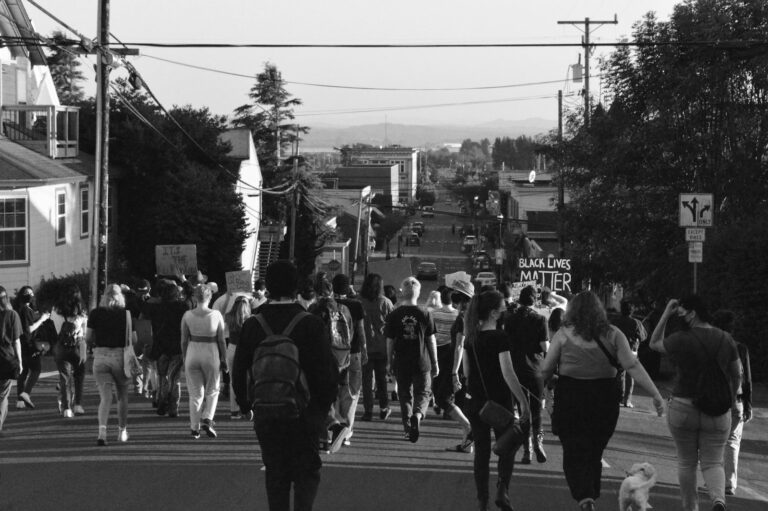Key Takeaways
• A judge temporarily blocked President Trump’s bid to remove Fed governor Lisa Cook
• The Federal Reserve Act lets a president fire a Fed governor only “for cause”
• Judge Jia Cobb ruled that past behavior isn’t valid cause for removal
• Cook proved her rights to due process likely were violated
• The court found that removing her would cause irreparable harm
Last month, President Trump moved to oust Lisa Cook from her role as a Fed governor. He pointed to old allegations of mortgage fraud. Immediately, Cook and her lawyer fought back. They said the president lacks power to remove a Fed governor except “for cause.” On Tuesday, U.S. District Judge Jia Cobb stepped in. She granted a temporary block on Cook’s firing.
Why Did Trump Target the Fed Governor?
First, Trump claimed that Cook once misled a bank about mortgage paperwork. He called it fraud. Then he argued that this justified her removal. However, Cook started serving on the Federal Reserve Board last year. She had no formal finding of fraud against her. Soon after the firing order, she and her lawyer filed a lawsuit. They argued that the president broke the law by firing her without proper cause.
Cook’s team said the Federal Reserve Act clearly limits removal. This law sets up the Fed’s board and how members serve. It also says governors can only be removed for “cause.” In simple terms, cause means bad behavior in office. It does not include mistakes or alleged crimes from before someone took their role. Therefore, Cook asked the court to block the firing right away.
What Does the “For Cause” Rule Mean for Fed Governor Removal?
Under the Federal Reserve Act, presidents can remove Fed governors only for cause. This rule aims to keep the Fed independent. It prevents politics from driving monetary policy. For example, a governor who misses hearings or lies under oath could face removal for cause. But a past error or unproven claim does not count.
Judge Jia Cobb stressed that this rule protects the Fed’s work. She explained that the best reading of the text limits removal to actions tied to the job. In other words, a president cannot fire a Fed governor solely for personal or political reasons. This interpretation helps ensure the Fed stays focused on the economy, not on politics.
What Did the Judge Say About the Fed Governor Removal?
Judge Cobb outlined her reasons carefully. She found that Cook showed a strong chance of winning her case. In her opinion, the removal likely broke the “for cause” rule. She also said Cook might lose her right to a fair process if the firing went through.
Furthermore, the judge noted that this was the first time a president tried to remove a Fed governor in 111 years. She stressed that such a move could set a worrying precedent. It could allow future presidents to fire governors whenever they disagree with policy. That would threaten the Fed’s independence.
Cobb also highlighted another key point. She said Cook faces “irreparable harm” if removed now. Losing her job would damage her reputation and career. And the public interest favored keeping her in place. The court added that disrupting the Fed’s board could harm the entire financial system.
What’s Next for Cook and the Fed Governor Role?
For now, Cook remains in her seat. The temporary block stays in place until the court hears more from both sides. Trump’s lawyers must explain why they believe the firing fits the “cause” standard. Cook’s team will argue it does not.
Next steps could include more hearings and legal filings. If Judge Cobb grants a permanent injunction, Cook will keep her role until her term ends. That could take years. On the other hand, the government might appeal to a higher court. Appeals could drag on, prolonging uncertainty for the Fed.
However, this case may not reach a final verdict until after the next election. Meanwhile, Fed governors must continue their work. They will focus on inflation, interest rates, and economic recovery. All the while, the court fight over Cook’s removal moves forward.
Why This Case Matters
This legal battle goes beyond one person. It tests the balance of power between the White House and the Federal Reserve. The Fed relies on its independence to make tough choices. Those choices often upset political leaders. If a president could easily fire a Fed governor, policy might swing with each election. That could unsettle markets and the economy.
Moreover, the case clarifies how “for cause” limits presidential power. It confirms that past conduct doesn’t count unless it affects current duties. Therefore, the ruling could shape future disputes over federal agency heads. It reminds everyone that law and process matter, even at the highest levels.
Lisa Cook’s Role and Impact
Lisa Cook is an economist with decades of experience. She advises on banking policy and financial stability. Her work on economic growth and inequality earned her a place on the Fed board. She also brings a unique perspective as the board’s first Black woman member. Many see her as a voice for underserved communities and sound policy.
Her continued presence may influence future Fed decisions. Governors hold key votes on interest rates and banking rules. Cook’s views on these matters could shape the Fed’s path as the economy recovers. Keeping her on the board ensures that her expertise remains part of these critical debates.
Conclusion
The judge’s order to block Lisa Cook’s firing reinforces the Fed’s independence. It shows that presidents cannot remove a Fed governor without proper cause. As a result, Cook stays in her role — at least for now. The case will continue in court, possibly for months or years. In the meantime, it highlights the legal safeguards that protect vital institutions from political pressure.
Frequently Asked Questions
What is a Fed governor?
A Fed governor serves on the Federal Reserve’s board. They help set U.S. monetary policy, like interest rates and banking rules.
Why did President Trump try to remove Lisa Cook?
He cited unproven allegations of mortgage fraud from before her Fed service. He claimed this qualified as cause for removal.
Can a president remove a Fed governor without cause?
No. The Federal Reserve Act only permits removal “for cause,” such as misconduct in office. Past events unrelated to the job do not count.
What happens next in the case?
The court will hold more hearings on whether Trump’s removal order violates the “for cause” rule. The dispute could go to a higher court on appeal.

